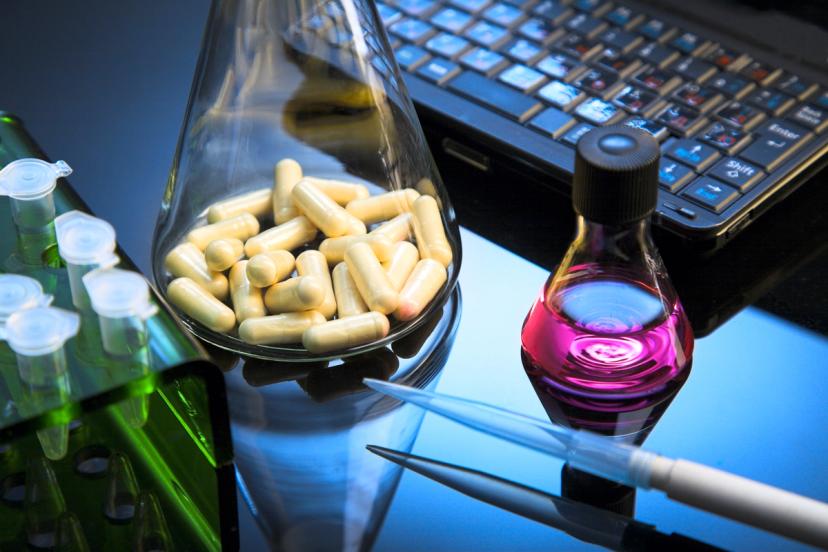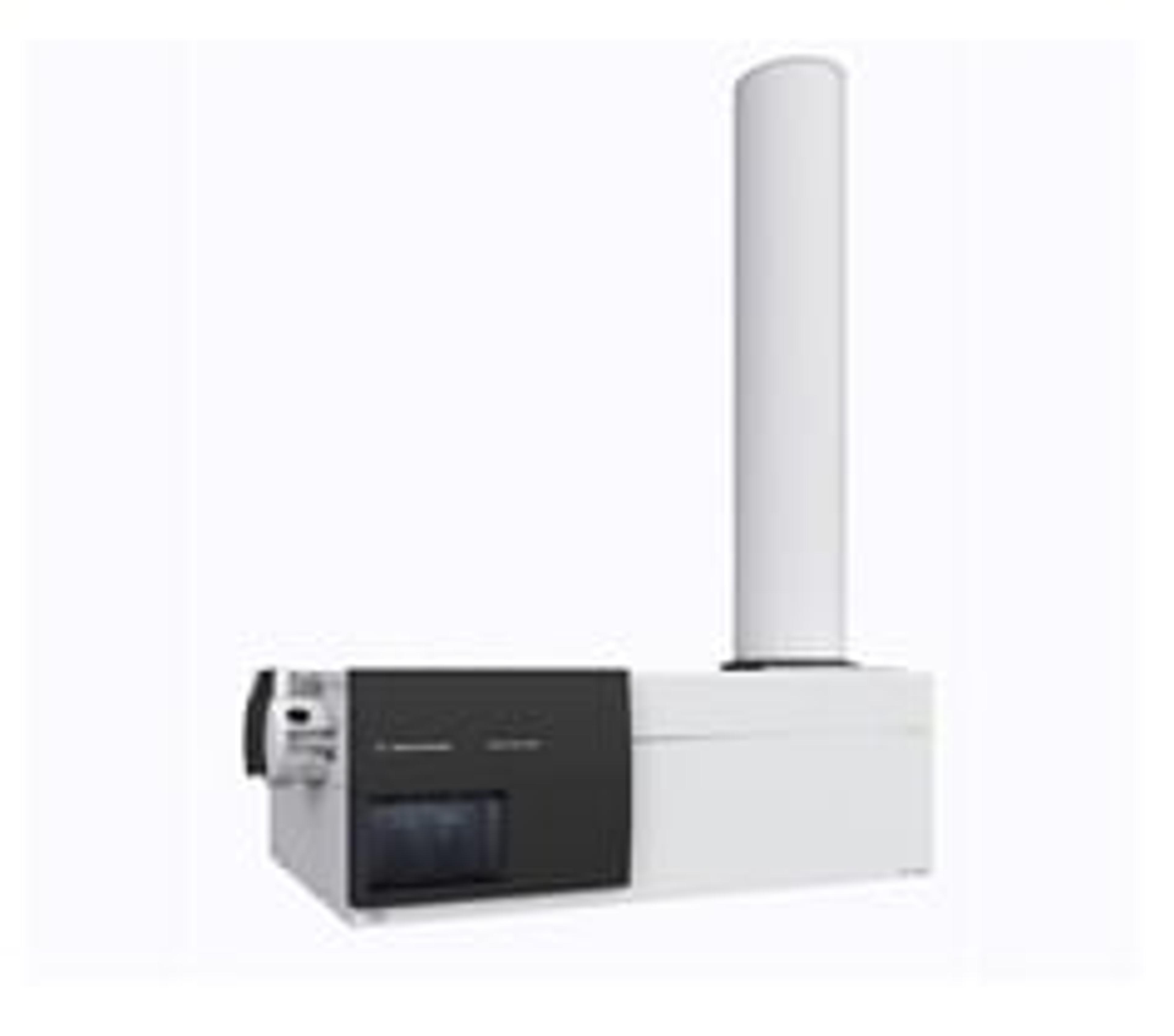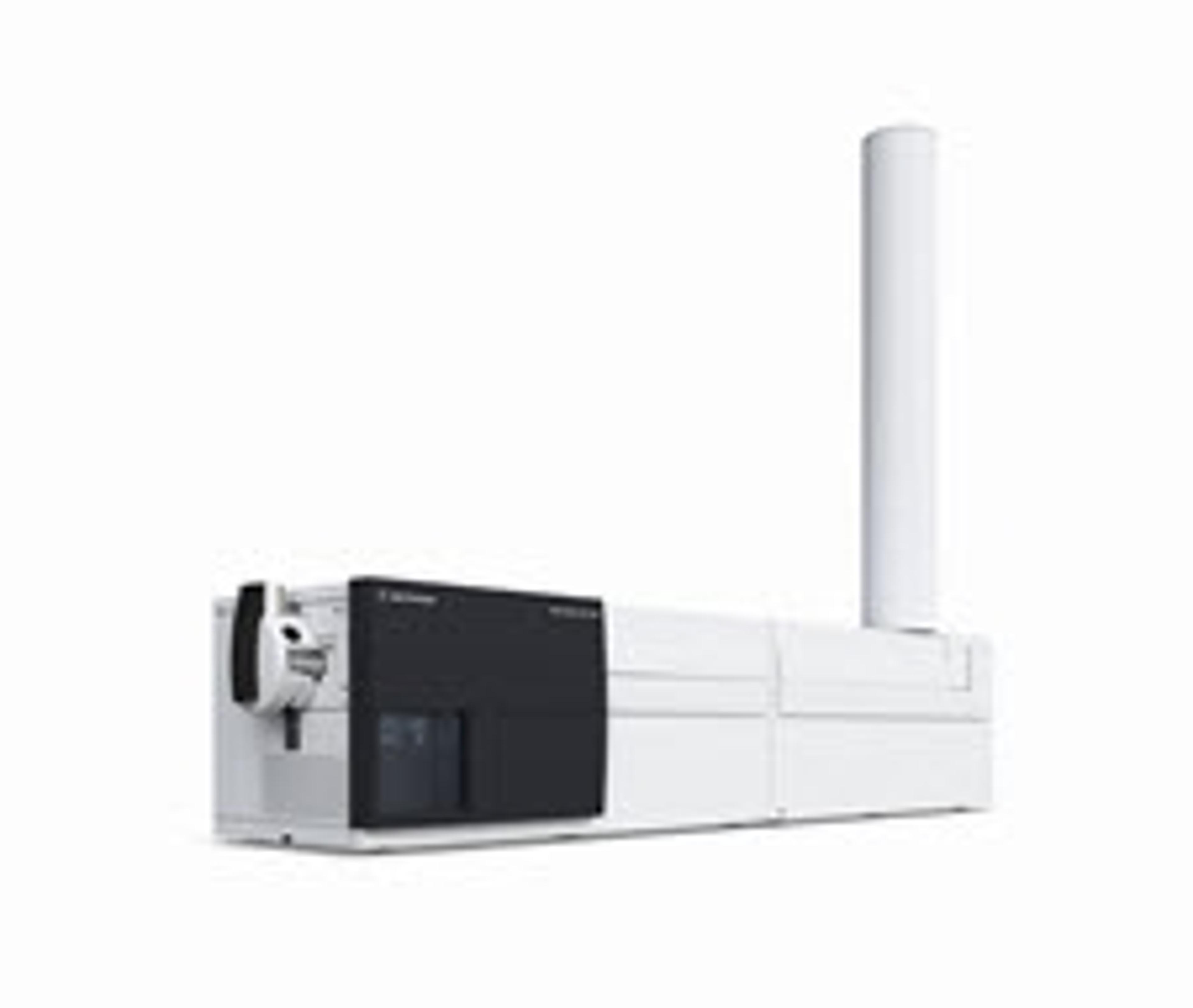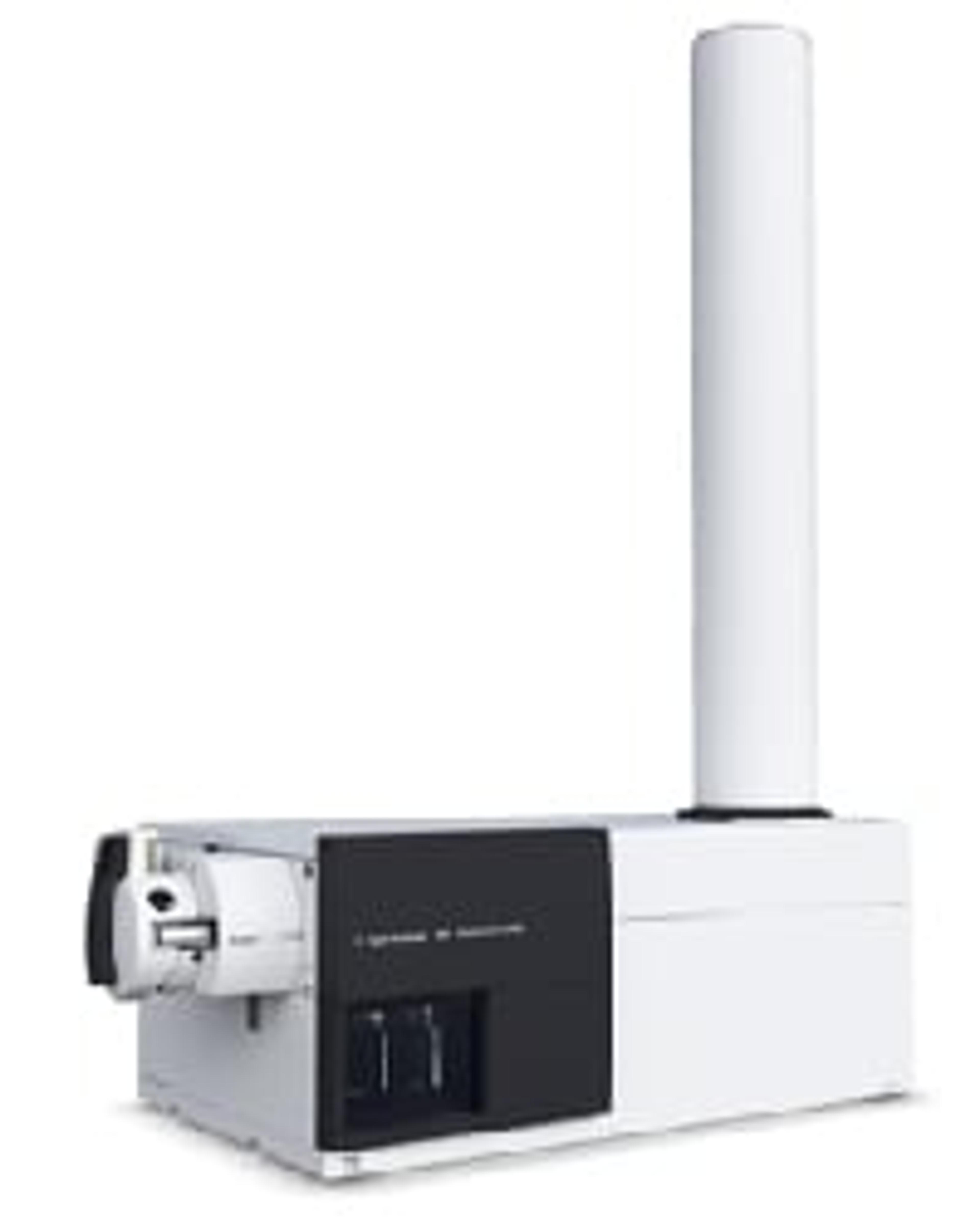Webinar Highlights, Part Two: Technology Accelerating Biopharma: Complete Workflow Solutions in Biopharmaceutical Discovery and Development
Read highlights from the second session in this exciting webinar series
17 Dec 2015

Read highlights from the second session in this exciting webinar series
Protein biopharmaceuticals are being developed at an explosive rate and have attracted great interest from both smaller biotech firms and big pharma. But discovery and development of biopharmaceuticals is difficult. There are many challenges, and scientists must not only stay abreast of advances in knowledge and improvements in technology, but also navigate the maze of shifting government regulations. Making good decisions fast is critical.
In this two-day webinar events series, industry experts from Agilent Technologies discussed sample preparation for biopharmaceutical analysis, enabling mass measurement from bioseparations and much more. In the second session, Dr David Wong presented “Native Protein Characterization Using the Agilent 6560 Ion Mobility Q-TOF” and Steve Madden gave a seminar on “Enhanced Software Tools for Biopharma Analysis”. Read on for the highlights of the Q&A session, and if you missed them, watch parts one, two, three and four on-demand.
Q: How much added resolution may be gained from adding ion mobility to differentiate between A, B and A/B form IgG2 antibodies?
A: Without ion mobility, it would be very difficult to differentiate between the IgG2 A and B isoforms. With ion mobility, you can quickly get that information, and, as you saw from the presentation, you can easily differentiate the A and B isoforms and also the CCS fingerprint (see question below). The ratio between isoforms A and B can also be estimated using ion mobility.
Q: What is the resolution of the Agilent 6560 Ion Mobility Q-TOF on the mass spec side?
A: The ion mobility QTOF system is built upon Agilent’s highly sensitive high resolution 6550 QTOF, so on the mass spec side, the mass resolution remains unchanged at around 40,000.
Q: Is it possible to perform CCS fingerprinting with the Agilent 6540 Q-TOF system?
A: The collision cross section (CCS) is a physical property of all molecules and is a measurement of the size of the molecule. It depends on the tube gas, which is usually nitrogen, but otherwise is an unchanged parameter. It is a useful variable to compare the sizes of molecules, and to see if the molecule has a different isoform. At the moment, it isn’t possible to perform CCS fingerprinting using this Agilent instrument, as the ion mobility is built upon a later model and cannot be removed to work as a standalone system.
Q: Is it possible to find the location of post-translational modifications with MS-only data?
A: MS-only data only provides confirmation of the molecular weight of the peptides. To precisely locate the modification side of the post-translational modification, you will need to use an instrument that can perform MS/MS analysis of the peptides.
Q: Is it possible to edit my sequences before using them with MassHunter BioConfirm?
A: Yes, Agilent offers a standalone sequence editor that goes out with MassHunter Qualitative Analysis which allows your sequences to be edited before inputting them into BioConfirm.
If you missed any session during our two-day webinar event, you can watch all presentations on-demand. You can also read the Q&A highlights from the first presentation in the webinar series here. Visit our Biopharmaceuticals Special Feature for the latest news, products and reviews for biopharma research.




